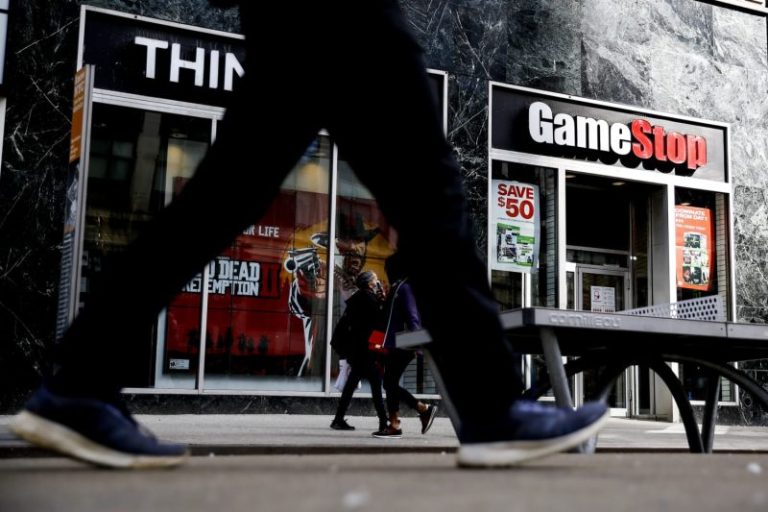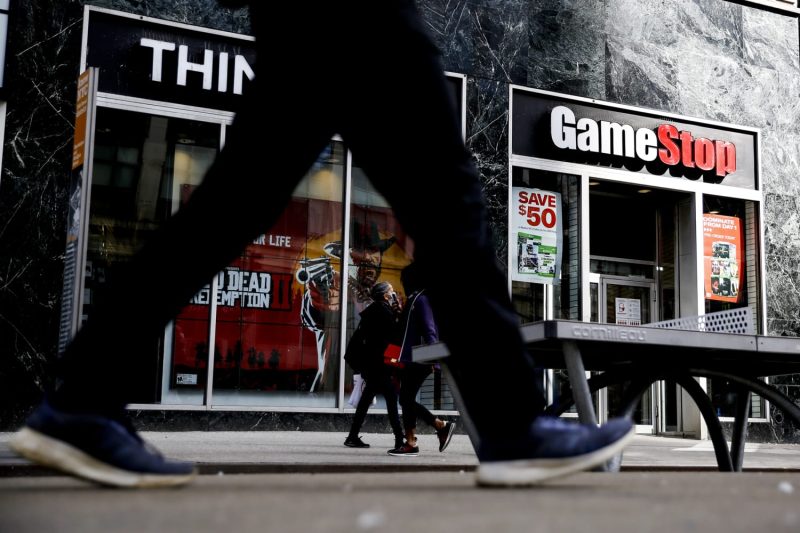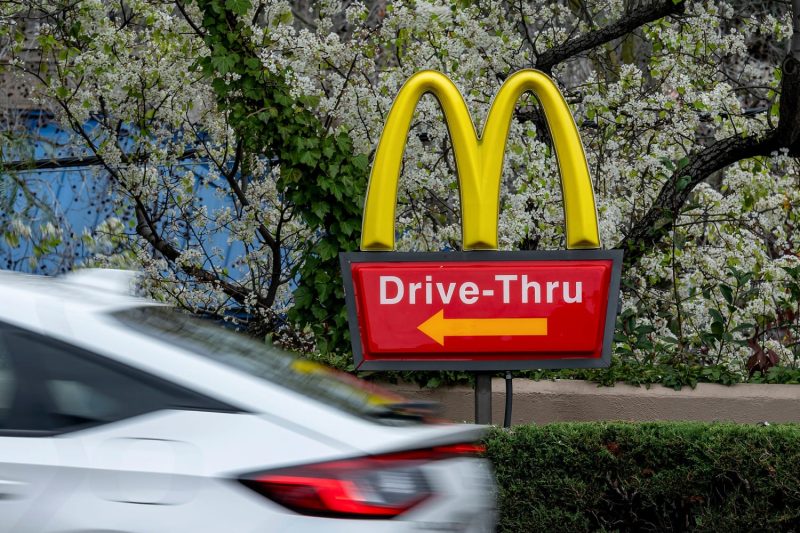Skyharbour Resources Ltd. (TSX-V: SYH ) (OTCQX: SYHBF ) (Frankfurt: SC1P ) (‘Skyharbour’ or the ‘Company’), is pleased to announce that, further to its news release dated November 4 th 2024, closing has occurred on the option agreement (the ‘Agreement’) with Hatchet, whereby Hatchet Uranium Corp. (‘Hatchet’) may acquire an 80% interest in the Company’s 17,606 ha Highway Uranium Property (the ‘Optioned Property’) and a 100% interest, subject to a claw-back provision for Skyharbour, in the Company’s Genie, Usam and CBXShoe Uranium Projects (the ‘Purchased Property’). The properties total 66,358 ha and are all located in the Athabasca Basin of Northern Saskatchewan, Canada. The Agreement on the Optioned Property provides Hatchet an opportunity to earn an 80% interest in the claims over a three-year period by fulfilling combined cash, share issuance and exploration expenditure commitments of CAD $3,345,000. For the Purchased Property, Skyharbour will also receive units in the capital of Hatchet consisting of a share and a warrant (‘Hatchet Units’) equal to 9.9% of the issued and outstanding shares of Hatchet.
Highway, Genie, Usam, CBX and Shoe Project Map:
https://skyharbourltd.com/_resources/images/Sky_Highway.jpg
Terms of the Optioned Property:
The Optioned Property, Highway, consists of nine (9) mineral claims comprising approximately 17,606 hectares. Hatchet may acquire an 80% interest in the Optioned Property by (i) issuing common shares in the capital of Hatchet (‘Shares’) having an aggregate value of CAD $1,050,000; (ii) making aggregate cash payments of CAD $245,000; and (iii) incurring an aggregate of CAD $2,050,000 in exploration expenditures on the Optioned Property over a three-year period, as follows:
| Date |
Cash Payments |
Exploration Expenditures |
Value of Shares Issued |
| On or before the first anniversary of Closing |
$25,000 |
$250,000 |
$25,000 (1) |
| On or before the second anniversary of Closing |
$20,000 |
$300,000 |
$25,000 (1) |
| On or before the third anniversary of Closing |
$200,000 |
$1,500,000 |
$1,000,000 (1) |
| TOTAL |
$245,000 |
$2,050,000 |
$1,050,000 |
(1) Deemed pricing of Shares is based on the twenty (20) day volume weighted average price on the stock exchange in which Hatchet shall list its Shares for trading, being either the TSX Venture Exchange or the Canadian Securities Exchange (‘Deemed Price’) or the last sale price, if not listed on a stock exchange at the time of issuance.
In the event that the issuance of any Shares pursuant to the above would result in the Company holding 10% or more of the outstanding Shares of Hatchet, Hatchet will issue that number of Shares which would result in the Company receiving 9.9% of the issued and outstanding Shares post-issuance and will pay cash in lieu of the Shares for the difference.
The Company shall retain a 2% net smelter returns royalty from minerals mined and removed from the Optioned Property, of which Hatchet may purchase one-half, being 1%, at any time for $1,000,000.
Terms of the Purchased Property:
The Purchased Property consists of twenty-five (25) mineral claims comprising approximately 66,358 hectares across the Genie, Usam and CBX/Shoe projects. Hatchet has acquired a 100% interest in the Purchased Property by, on the date of closing (the ‘Closing Date’), paying the Company $25,000 and issuing to the Company such number of Units in the capital of Hatchet equal to 9.9% of the issued and outstanding shares immediately following the issuance. Each Hatchet Unit shall be comprised of one Share and one share purchase warrant, entitling Skyharbour to purchase one additional Share for a period of three years at a price that is a 25% premium to the deemed value of the Shares in both years 1 and 2, and then increases to a 50% premium to the issuance value of the Shares in year 3.
The Company shall retain a claw-back provision whereby, within 90 days after the 3 rd anniversary of the Closing Date, the Company may elect by written notice to Hatchet of its intention to purchase back a twenty-five percent (25%) interest in the Purchased Property by, within 90 days of delivery of such notice, incurring exploration expenditures or paying cash in lieu of to fund future exploration, equivalent to fifty percent (50%) of the total amount that Hatchet had spent during the term that is three years from the Closing Date in exploration expenditures on the Purchased Property. If Hatchet has not incurred any exploration expenditures during the three years following the closing date, then Skyharbour shall automatically receive the 25% interest in the Property.
The Company shall also retain a 2% net smelter returns royalty from minerals mined and removed from the Purchased Property, of which Hatchet may purchase one-half, being 1%, at any time for $2,000,000.
One of the conditions precedent for Hatchet prior to closing on both agreements was to close a financing for minimum gross proceeds of $1,500,000 which is now complete. Furthermore, Hatchet will proceed to list on the TSX Venture Exchange or the Canadian Securities Exchange or will have sold its interest to or combined with a similarly listed issuer. If this is not complete within 18 months, Hatchet’s right to acquire the Purchased Property will terminate. If after 12 months Hatchet has not listed then it shall pay Skyharbour a monthly fee of $10,000 until such conditions are satisfied or an aggregate of $60,000 has been paid, whichever occurs first.
Highway Property Summary:
The Highway Uranium Project consists of nine claims covering 17,606 hectares, approximately 41 km south of the Rabbit Lake Mine and 11 km southwest of Uranium Energy Corp.’s (UEC, formerly UEX) West Bear U and Co-Ni Deposits. Highway 905 runs through the property, providing excellent access for exploration and the project is in close proximity to regional infrastructure. There has been limited modern exploration carried out on the project but there is the potential for high-grade basement-hosted and unconformity-related uranium mineralization.
Highway Property Map:
https://skyharbourltd.com/_resources/images/Sky_Highway.jpg
The project is underlain by Wollaston Supergroup metasedimentary gneisses (pelitic to psammopelitic and psammitic to meta-arkosic) folded around and overlying an Archean felsic gneiss dome which outcrops in the southwestern portion of the property and cores a northeast trending antiformal fold nose. The Highway Project is located approximately 7 km east of the present-day margin of the Athabasca Basin but is believed to have been covered by Athabasca sandstone in the past.
Genie Property Summary:
The Genie property consists of five claims totalling 16,930 ha, and is located approximately 48 km northeast of Cameco’s Eagle Point Uranium Mine (Rabbit Lake Operation) and 40 km north of Wollaston Lake Post. The project is underlain by Wollaston Superground metasedimentary gneisses and Archean granitoids, with highly prospective pelitic to psammopelitic gneisses (including graphitic varieties) and several north-trending faults related to the Tabbernor fault system being mapped on the property. The project lies outside the current extent of the Athabasca Basin, but is believed to have been overlain by now-eroded Athabasca sandstones in the past and has the potential for high-grade basement-hosted and unconformity-related uranium mineralization. The property is underlain by a series of linear magnetic highs (interpreted as granitoids) and magnetic lows (interpreted as metasedimentary gneisses), cross-cut by a highly magnetic northwest-trending Mackenzie Diabase dyke.
Genie Property Map:
https://skyharbourltd.com/_resources/images/Sky_Genie.jpg
Previous work on the Genie project includes limited diamond drilling (three historical drill holes, of which one was abandoned in overburden) and a variety of airborne and ground geophysical surveys, prospecting, geological mapping, lake sediment and overburden sampling, and soil sampling. Most of this exploration work took place between 1966 to 1980, prior to the advent of modern geophysical methods and geological models, but in 2014 part of the Genie property was covered by a helicopter-borne DIGHEM magnetic, electromagnetic, and radiometric survey. The survey showed a strong central EM conductor following a magnetically inferred contact on the two northeastern most claims, which is locally disrupted by several moderately conductive N-S trending structural breaks, inferred to be faults. This strong conductor is highly prospective for uranium mineralization, and drilling done in 1969 and 1971 has confirmed the presence of graphitic and sulfide-containing pelitic gneisses on the property. Lake sediment samples also collected at Genie during the 2014 exploration program, contained up to 63.3 ppm U, further showcasing the prospectivity of the property.
Usam Property Summary:
The Usam Project consists of twelve claims totalling 40,041 ha and is located approximately 16 km northeast of Cameco’s Eagle Point Mine (Rabbit Lake Operation). The project has numerous EM conductors that are associated with significant magnetic lows of the Wollaston Domain. While the project is outside the current confines of the Athabasca Basin, the area was overlain by Athabasca sandstones historically. Basement rocks on the property include Wollaston Supergroup metasediments and Archean granitoid gneisses, with highly prospective pelitic to psammopelitic gneisses (including graphitic varieties) making up the largest proportion of the basement rocks. Several north-trending faults related to the Tabbernor fault system cross-cut the property.
Usam Property Map:
https://skyharbourltd.com/_resources/images/Sky_Usam.jpg
Previous work on the project includes diamond drilling (12 holes), lake sediment sampling, soil sampling, geological mapping, ground and airborne geophysics, marine seismic, prospecting, and other geochemical sampling, the majority of which was done in the 1980’s and 1970’s. Modern exploration of the property has been limited to geophysics and ground prospecting. As such there is a significant untested potential on the project. Trenching on Cleveland Island uncovered up to 0.31% U 3 O 8 in mineralized pegmatite, and diamond drilling on Gilles Island intersected anomalous uranium, indicating that the basement rocks underling the Usam property are fertile sources of uranium in addition to containing pegmatite- and granite-hosted U-Th-REE mineralization. There are also several sedimentary-hosted base metals (i.e. Cu and Zn) showings on the project and in the surrounding area, which show similarities to the sedimentary-hosted Cu mineralization previously discovered by Rio Tinto and its partners at the Janice Lake Project further southwest in the Wollaston Domain.
CBX/Shoe Property Summary:
The CBX property has been recently expanded through staking to include five additional claims adjoining the previously staked CBX and Shoe properties, which have been combined to include a total of seven claims covering 8,777 hectares. The 609 ha Shoe property has remained unchanged, with both CBX and Shoe now consisting of eight non-contiguous claims totalling 9,386 hectares.
CBX/Shoe Property Map:
https://skyharbourltd.com/_resources/images/Sky_Shoe.jpg
The new claims lie approximately 6.5 km to 25 km northeast of the Eagle Point uranium mine and cover the northern shore of Wollaston Lake including parts of Cunning Bay. Outcrop exposure on the property is poor, but historical mapping and drilling shows that the newly expanded CBX project is underlain by a mixture of Wollaston Supergroup metasedimentary gneisses, Hudsonian intrusives, and Archean felsic gneisses of the Western Wollaston Domain. Similar lithologies host uranium mineralization at the Rabbit Lake operation, including the Eagle Point deposit, and other uranium deposits in the Athabasca Basin and surrounding regions. The CBX and Shoe properties have had historical exploration, including airborne and ground geophysical surveys, lake sediment, soil, and spruce geochemical surveys, till sampling, prospecting, geological mapping, and a marine seismic survey, but the majority of this work took place in the 1960’s to 1980’s, with limited modern exploration work being carried out on a small portion of the CBX and Shoe properties.
Grant of Incentive Stock Options:
Skyharbour also announces that the Company has granted 3,500,000 incentive stock options (the ‘Options’) to officers, directors and consultants of the Company. The Options are exercisable at $0.40 per share for a period of five years from the date of grant. The Options have been granted under and are governed by the terms of the Company’s Incentive Stock Option Plan.
Qualified Person:
The technical information in this news release has been prepared in accordance with the Canadian regulatory requirements set out in National Instrument 43-101 and reviewed and approved by Serdar Donmez, P.Geo., VP of Exploration for Skyharbour as well as a Qualified Person.
About Skyharbour Resources Ltd.:
Skyharbour holds an extensive portfolio of uranium exploration projects in Canada’s Athabasca Basin and is well positioned to benefit from improving uranium market fundamentals with interest in thirty-six projects covering over 614,000 hectares (over 1.5 million acres) of land. Skyharbour has acquired from Denison Mines, a large strategic shareholder of the Company, a 100% interest in the Moore Uranium Project, which is located 15 kilometres east of Denison’s Wheeler River project and 39 kilometres south of Cameco’s McArthur River uranium mine. Moore is an advanced-stage uranium exploration property with high-grade uranium mineralization in several zones at the Maverick Corridor. Adjacent to the Moore Project is the Russell Lake Uranium Project, in which Skyharbour is operator with joint-venture partner RTEC. The project hosts widespread uranium mineralization in drill intercepts over a large property area with exploration upside potential. The Company is actively advancing these projects through exploration and drilling programs.
Skyharbour also has joint ventures with industry leader Orano Canada Inc., Azincourt Energy, and Thunderbird Resources at the Preston, East Preston, and Hook Lake Projects, respectively. The Company also has several active earn-in option partners, including CSE-listed Basin Uranium Corp. at the Mann Lake Uranium Project; TSX-V listed North Shore Uranium at the Falcon Project; UraEx Resources at the South Dufferin and Bolt Projects; Hatchet Uranium at the Highway Project; CSE-listed Mustang Energy at the 914W Project; and TSX-V listed Terra Clean Energy at the South Falcon East Project. In aggregate, Skyharbour has now signed earn-in option agreements with partners that total to over $36 million in partner-funded exploration expenditures, over $20 million worth of shares being issued, and $14 million in cash payments coming into Skyharbour, assuming that these partner companies complete their entire earn-ins at the respective projects.
Skyharbour’s goal is to maximize shareholder value through new mineral discoveries, committed long-term partnerships, and the advancement of exploration projects in geopolitically favourable jurisdictions.
Skyharbour’s Uranium Project Map in the Athabasca Basin:
https://www.skyharbourltd.com/_resources/images/SKY_SaskProject_Locator_2024-11-21_v1.jpg
To find out more about Skyharbour Resources Ltd. (TSX-V: SYH) visit the Company’s website at www.skyharbourltd.com .
Skyharbour Resources Ltd.
‘Jordan Trimble’
__________________________________
Jordan Trimble
President and CEO
For further information contact myself or:
Nicholas Coltura
Investor Relations Manager
Skyharbour Resources Ltd.
Telephone: 604-558-5847
Toll Free: 800-567-8181
Facsimile: 604-687-3119
Email: info@skyharbourltd.com
NEITHER THE TSX VENTURE EXCHANGE NOR ITS REGULATION SERVICES PROVIDER ACCEPTS RESPONSIBILITY FOR THE ADEQUACY OR ACCURACY OF THE CONTENT OF THIS NEWS RELEASE.
Forward-Looking Information
This news release contains ‘forward‐looking information or statements’ within the meaning of applicable securities laws, which may include, without limitation, completing ongoing and planned work on its projects including drilling and the expected timing of such work programs, other statements relating to the technical, financial and business prospects of the Company, its projects and other matters. All statements in this news release, other than statements of historical facts, that address events or developments that the Company expects to occur, are forward-looking statements. Although the Company believes the expectations expressed in such forward-looking statements are based on reasonable assumptions, such statements are not guarantees of future performance and actual results may differ materially from those in the forward-looking statements. Such statements and information are based on numerous assumptions regarding present and future business strategies and the environment in which the Company will operate in the future, including the price of uranium, the ability to achieve its goals, that general business and economic conditions will not change in a material adverse manner, that financing will be available if and when needed and on reasonable terms. Such forward-looking information reflects the Company’s views with respect to future events and is subject to risks, uncertainties and assumptions, including the risks and uncertainties relating to the interpretation of exploration results, risks related to the inherent uncertainty of exploration and cost estimates and the potential for unexpected costs and expenses, and those filed under the Company’s profile on SEDAR+ at www.sedarplus.ca. Factors that could cause actual results to differ materially from those in forward looking statements include, but are not limited to, continued availability of capital and financing and general economic, market or business conditions, adverse weather or climate conditions, failure to obtain or maintain all necessary government permits, approvals and authorizations, failure to obtain or maintain community acceptance (including First Nations), decrease in the price of uranium and other metals, increase in costs, litigation, and failure of counterparties to perform their contractual obligations. The Company does not undertake to update forward‐looking statements or forward‐looking information, except as required by law.



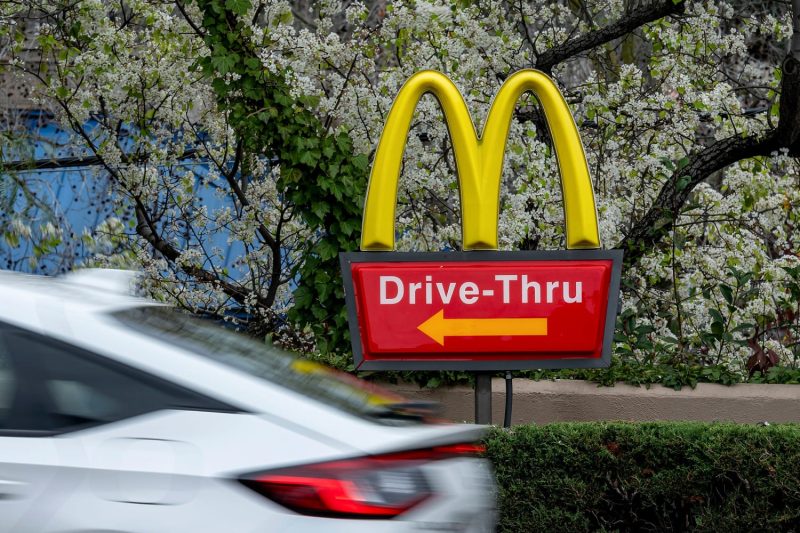





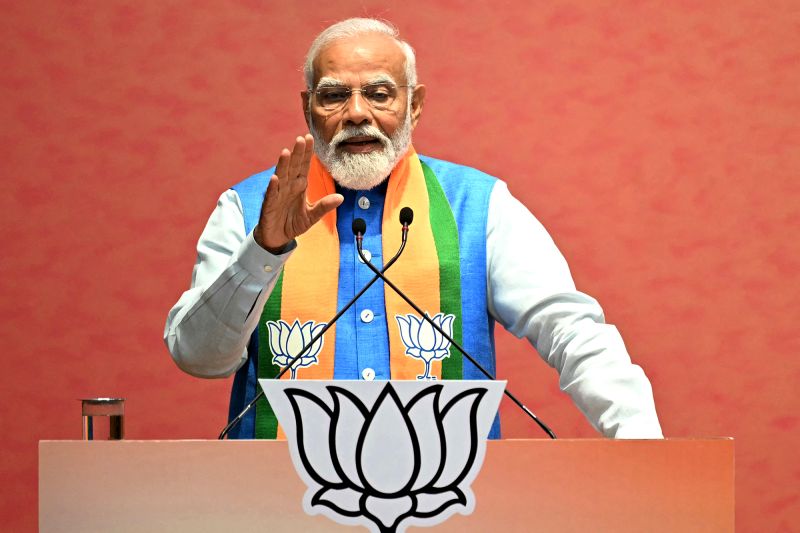

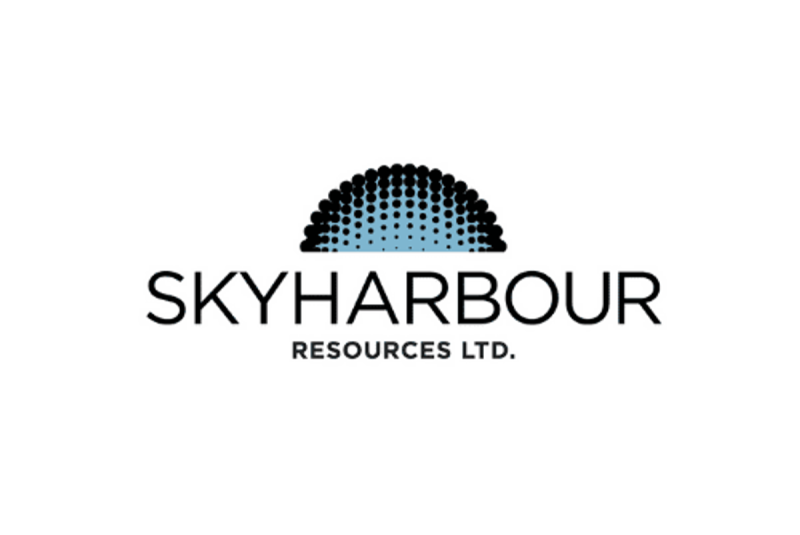
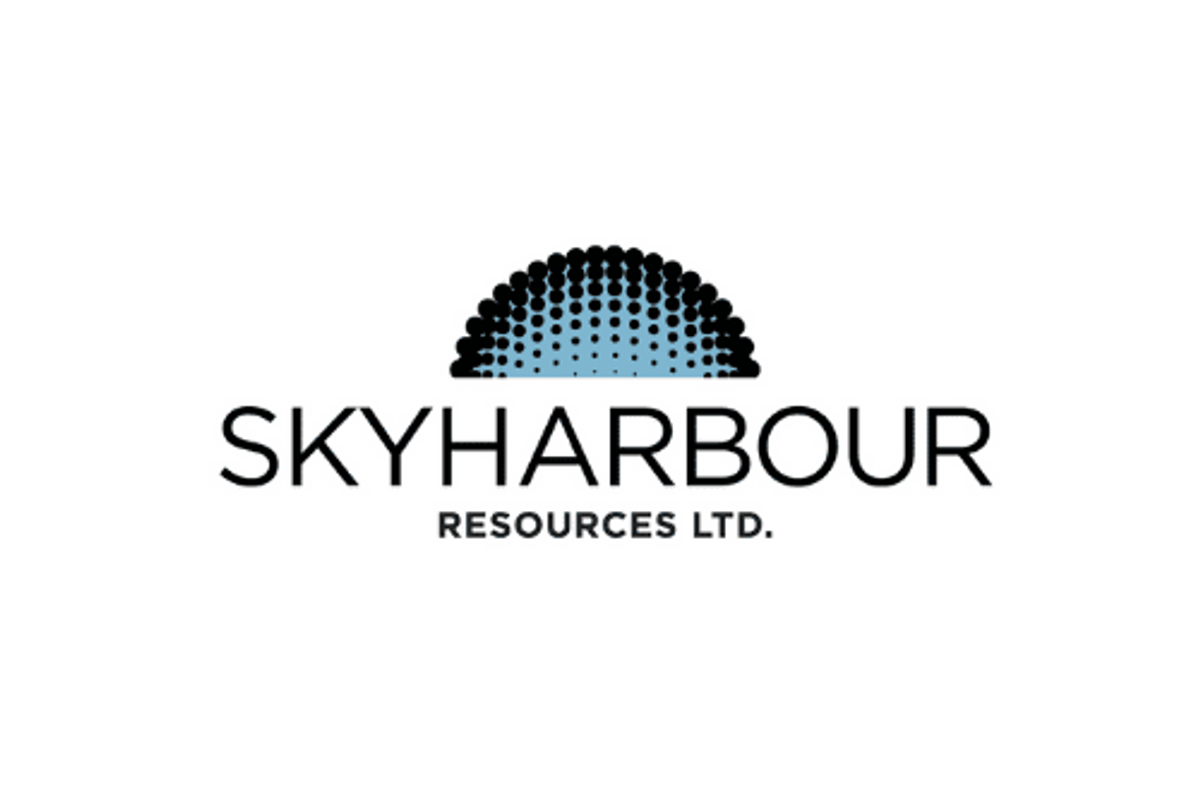





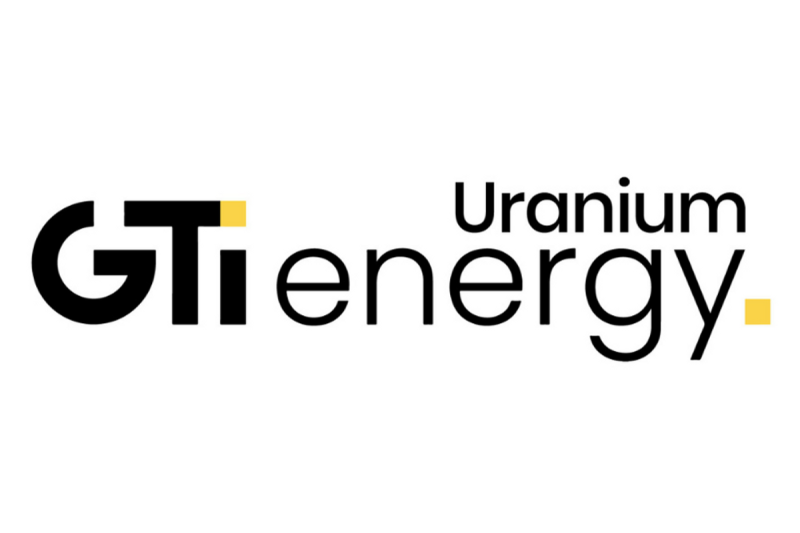
 GTI Energy (GTR:AU) has announced Positive Uranium Leach Test Results at Lo Herma
GTI Energy (GTR:AU) has announced Positive Uranium Leach Test Results at Lo Herma


